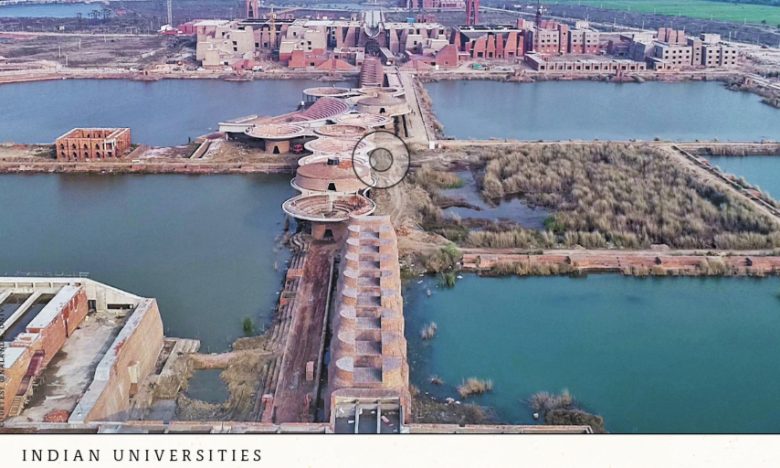KAUAI, HAWAII, January 11, 2024 (Hinduism Today, by Anuradha Goyal): If Xuan Zang, the 7th-century-ce Chinese traveler and Buddhist scholar, were to visit his beloved alma mater at Nalanda in the current-day state of Bihar, he’d find only a portion of its ruins accessible and excavated. Viewing the exposed brick structures, he would have memories of how they were once pristinely lime plastered. He would become nostalgic as he strolled through the vihara, Buddhist monastery, where he lived, studied and taught. He might be pained to see the stupas of his revered teachers in dilapidated shape, but as a wise man he would understand the vicissitudes of time. He would see people he thought he knew, but they were not the students and teachers he remembered. Rather, they were visitors from around the world—such as there had been in his time as well.
Founded in 427 CE as a Buddhist monastic university, Nalanda was perhaps the world’s first residential college, at one time drawing as many as 10,000 students from across Asia. The university, reopened in 2014, was founded during the Gupta Empire. The Hindu Gupta monarchs recognized the strength and value of Buddhist intellectual inquiry. Nalanda literally means “the giver of knowledge,” and the university is credited with having nurtured the greatest Buddhist scholars. After studying there, Xuan Zang carried 657 Sanskrit texts back to China, translated them and contributed to the development of Buddhism in China. The university flourished, surviving two attacks by Muslims, right up to the Pala dynasty in the 12th century, until its final demise by Turko-Afghan invaders.
Read more about the sprawling, redesigned campus now open for students and faculty at source:
https://www.hinduismtoday.com/magazine/january-february-march-2024/nalanda-is-revived-after-800-years/
Download the entire January issue in PDF: https://www.hinduismtoday.com/wp-content/uploads/2023/11/Hinduism-Today-January-February-March-2024-smaller.pdf
A daily summary of world news for Hindus and non-Hindus alike

